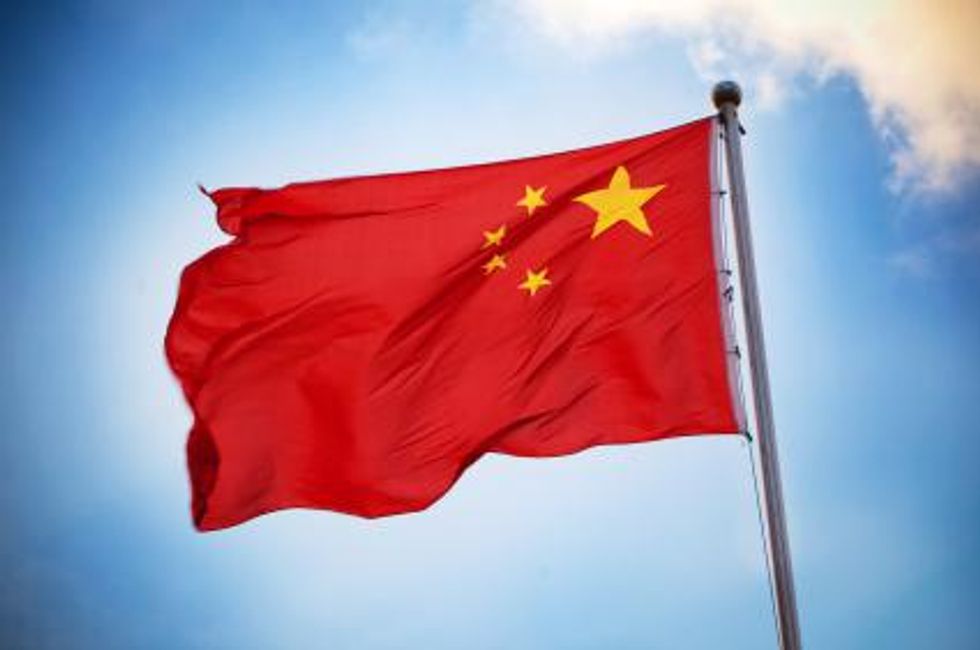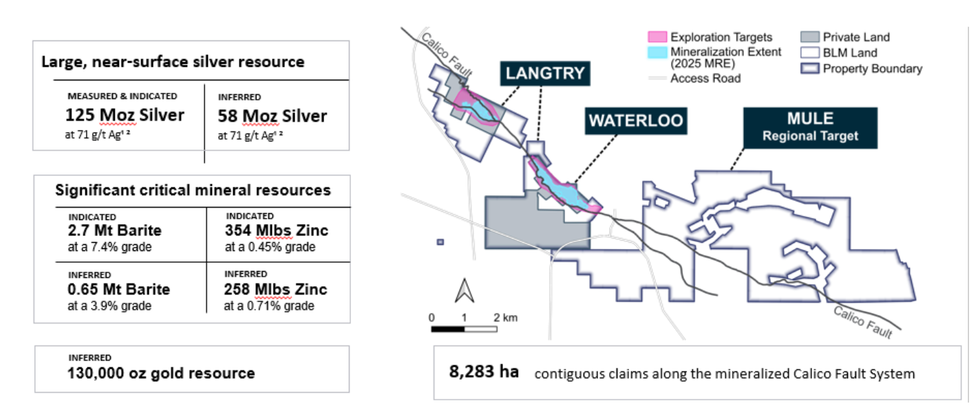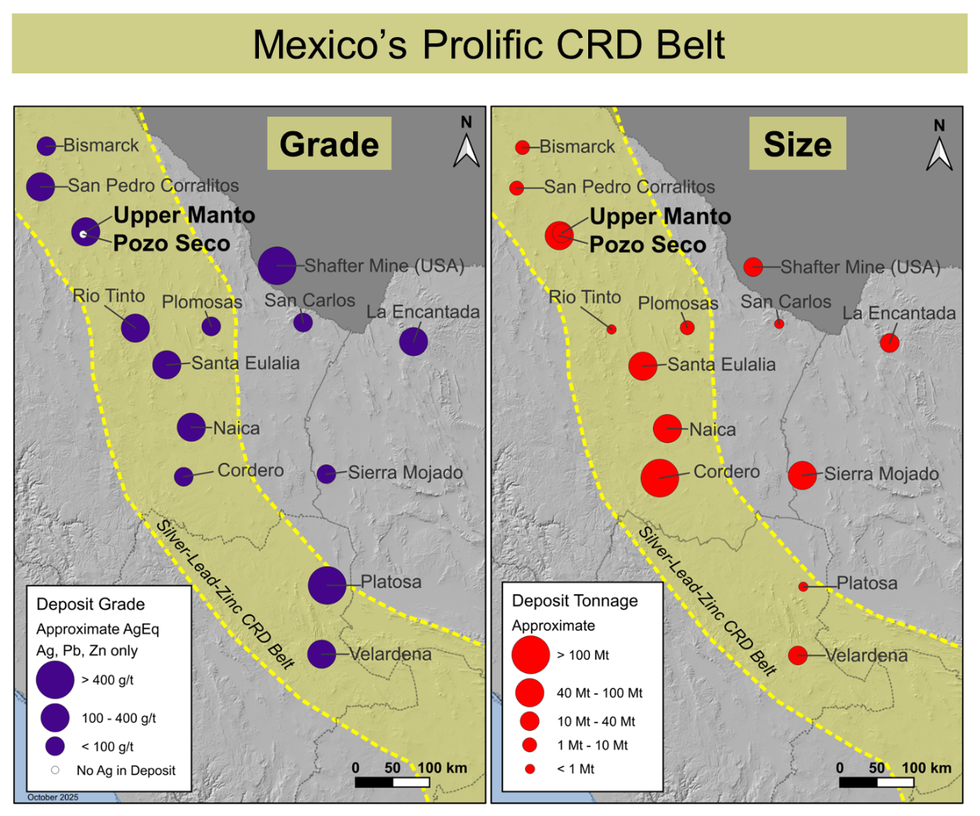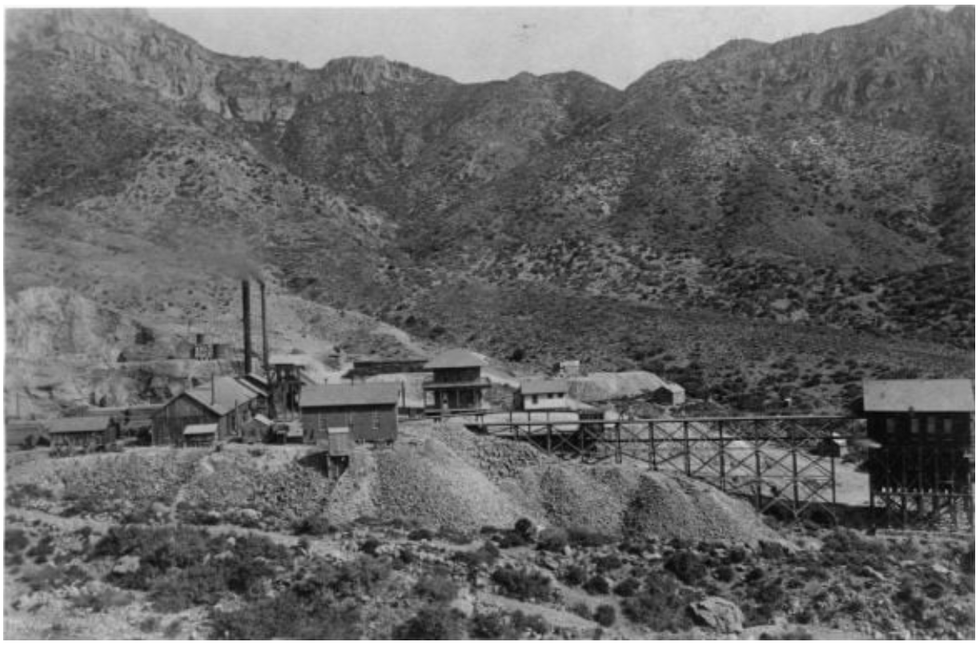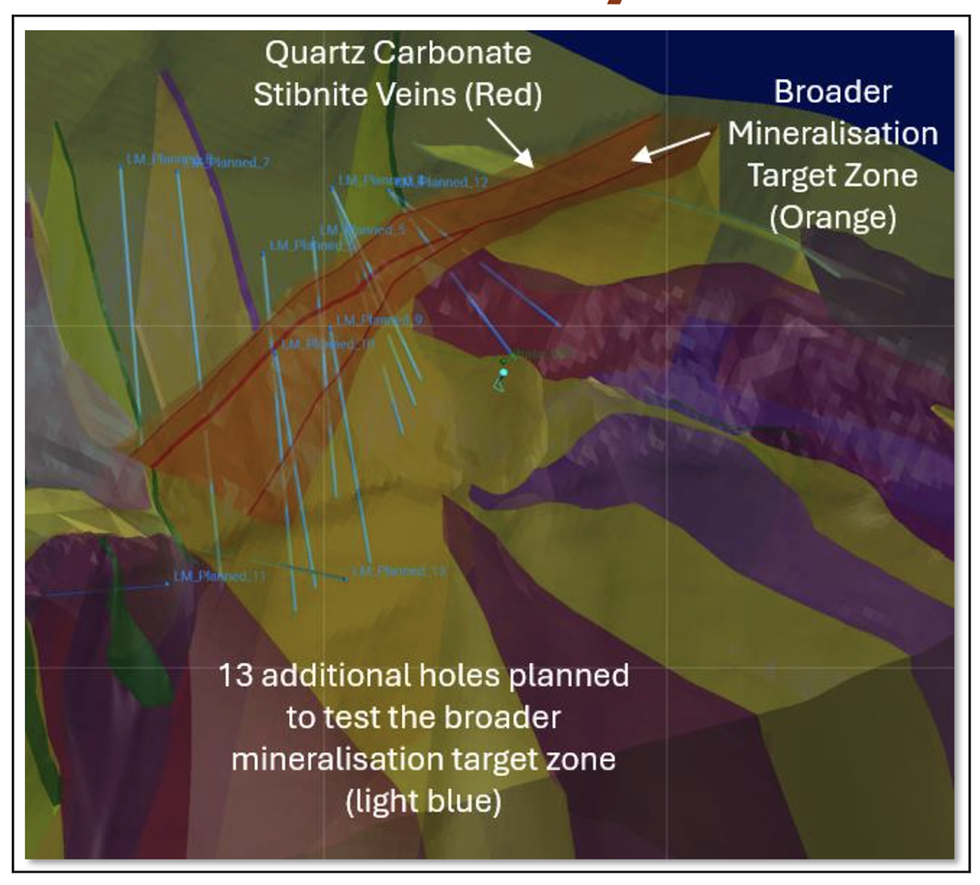A new report from Thomson Reuters GFMS maps out the growth of China’s silver industry.
The structure of the silver industry in China is almost unrecognizable from the situation 20 years ago, a new report from Thomson Reuters GFMS states. In 1990, China was a relatively small player in silver. Now, the nation is responsible for 17 percent of global demand and produces 14 percent of the world’s silver. GFMS’ latest research reveals that China’s expanding role in the silver market has been driven by the liberalization of its silver industry and over a decade of economic growth.
After the revolution in 1949, gold and silver mining did not feature in the People’s Republic’s economic planning, GFMS explains. Investment in the industry was limited and private trading and personal ownership of the metals was forbidden.
China’s low level of silver production in the early 1980s raised concerns among State Council members, who decided that local production needed to expand in order to support industrialization and move the country toward self-sufficiency.
In 1983, regulations that covered the various aspects of the silver and gold industries, from production to export, were rolled out. The People’s Bank of China (PBOC) was granted monopolistic authority to set prices and buy and sell silver.
That initiated the rise of China’s silver production, which resulted in China becoming a surplus producer by the end of the 1980s. Production surpluses continued in the 1990s, and by 1997, the PBOC realized state stocks were more than sufficient for China’s fabrication needs.
Authorities eventually came to see silver as a metal with which to test deregulation. Exploratory sales from state stocks began in 1998. In 2000, an official trading platform was designated and China’s monopoly on silver ended.
China’s silver supply
China is now the third-largest producer of silver after Peru and Mexico.
GFMS estimates that from 1998 to 2006, government stock sales totaled almost 350 million ounces (m/oz), more than 4 percent of global silver supply during that period. However, the firm confidently assumes that the PBOC has stopped selling silver as its stock levels are no longer “excessive.” Its remaining silver will play a role in diversifying China’s reserve portfolio away from US dollars, the firm notes.
Still, total supply has grown from 94.2 m/oz in 2002 to 281.5 m/oz in 2011, the firm reports.
This growth was largely the result of China’s decade-long GDP growth, which drove industrial development by averaging 10 percent annually. Rising commodity prices also accelerated exploration and development.
Mine production more than doubled during this time, increasing from 52.9 m/oz in 2002 to 104.6 m/oz in 2011. That growth is incidental as it was mostly due to China’s need to supply fabricators with base metals, GFMS explains. The volume of primary silver production in China is limited. 95 percent of its domestically mined silver originates as a by-product, mostly from lead–zinc deposits.
Despite this rapid supply growth, China experienced its first silver market deficit in 2002; that deficit grew to 23 m/oz in 2011. This gap has been filled in large part by hefty increases of imported base metal concentrates.
According to GFMS, since 2007, the largest source of silver supply in China has been base metals containing silver. Supply from that source increased from a mere 20.4 m/oz in 2002 to a peak of 150.3 m/oz in 2008.
China’s silver demand
GFMS states that China’s fabrication demand has grown about 12 percent per year from 2000 to 2011, representing a rise in offtake from 48.7 m/oz to 159.5 m/oz.
That is in stark contrast to the rest of the world, where fabrication demand has posted a double-digit fall over the same period, the report notes.
If China’s fabrication demand is viewed in segments, industrial demand is the largest slice. Within that segment, electrical and electronic applications represent the largest slice. Over the past decade, China has also become the world’s largest silver jewelry fabricator.
Growth in China’s investment demand is another notable development. With the liberalization of the market, Chinese investors’ participation has grown, elevating the nation from being “a marginal player just a few years ago … [to] the world’s leading market for both physical investment and paper trading” today.
An explosion in local precious metals purchases has been driven by macroeconomic conditions in China and abroad, states GFMS. For example, the firm explains that Chinese households have a great deal of cash savings that need to find a home. Yet the property market has been volatile and is now more heavily regulated, the stock market has seen heavy losses and interest rates on savings are close to zero in real terms.
Investment has traditionally been dominated by coins as silver bars were only made available in mid-2009. Last year, China accounted for 8 percent of global net purchases of these products.
Interest has also grown in silver contracts. The launch of silver contracts on the Shanghai Futures Exchange (SHFE) in May means that three exchanges now offer silver paper trading. GFMS notes that the SHFE has become an important commodity exchange for silver futures trading on a global basis, ranked only after the COMEX.
China silver outlook
As long as the outlook for economic growth in China remains positive, the nation is expected to continue playing a major role in the silver market.
Its use and production of base metals are slated for growth, which should result in an increase of by-product silver supply. GFMS also forecasts strong increases in production from primary sources as new projects are realized.
Growth in paper trading could be dramatic, the firm states. Further growth in coin and bar demand in upcoming years is expected as people place their trust in precious metals as a store of value and inflation hedge, notes the firm.
Urbanization and rising incomes also paint a bright picture for silver in China. As GFMS points out, the urban population only exceeded 50 percent in China for the first time last year. That compares to 80 percent in the countries that make up the Organisation for Economic Co-operation and Development and presents a bullish case for demand growth for silver-bearing products.
Securities Disclosure: I, Michelle Smith, do not hold equity interests in any companies mentioned in this article.
